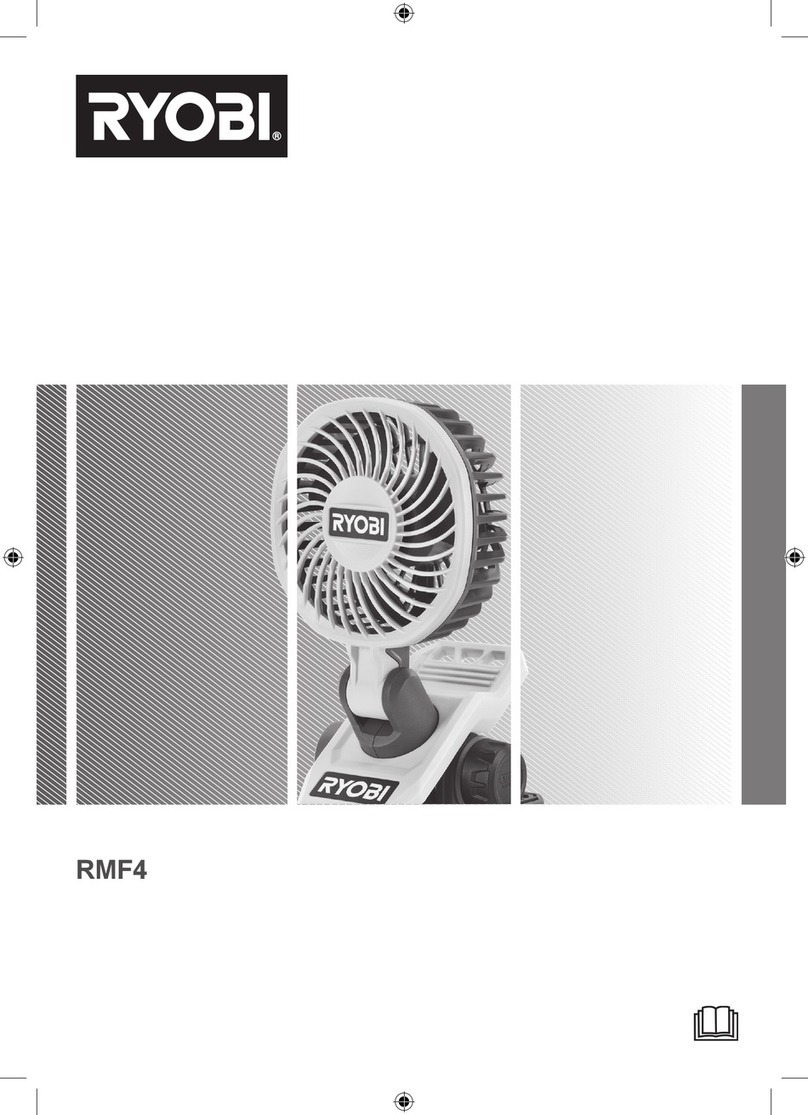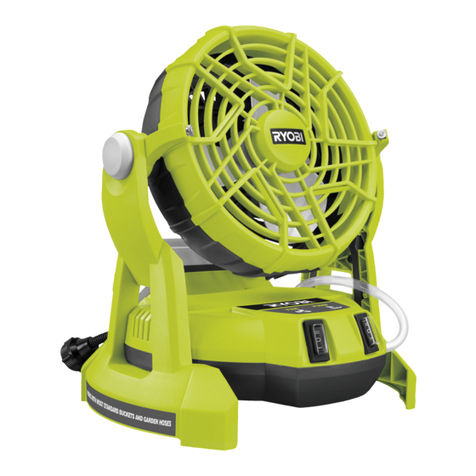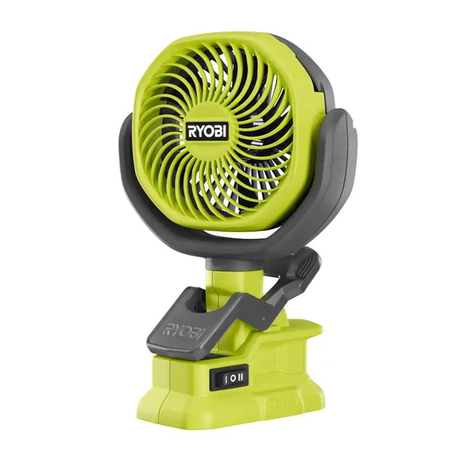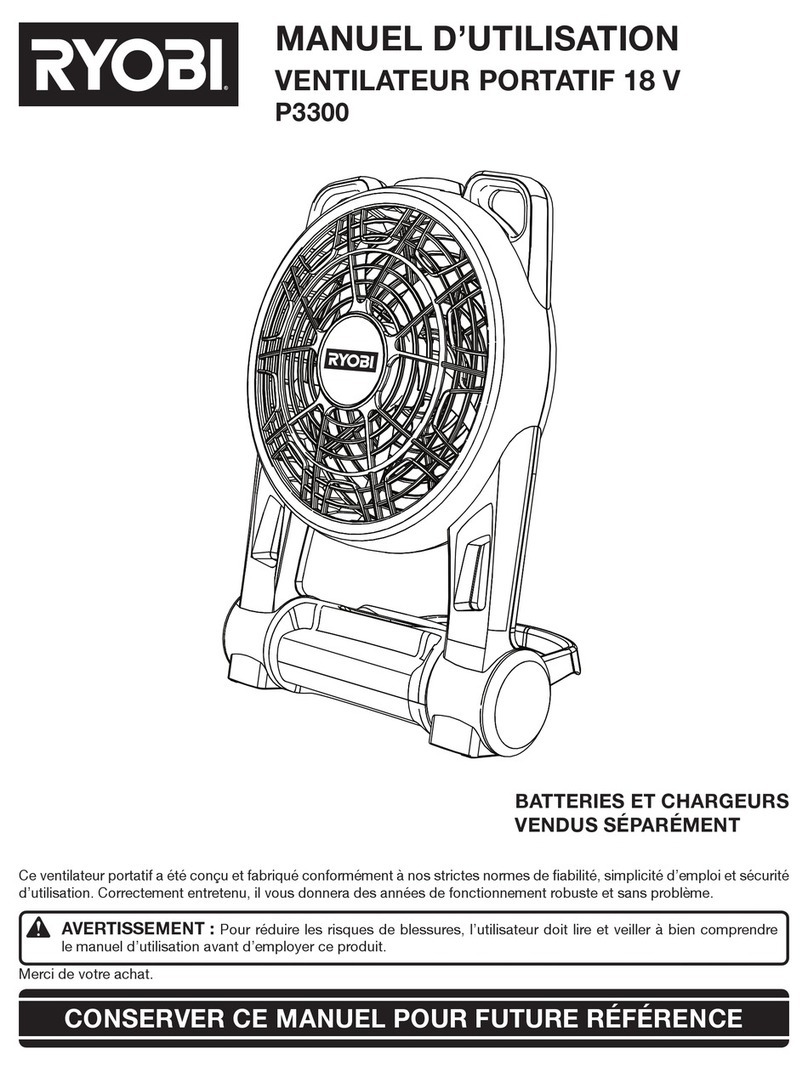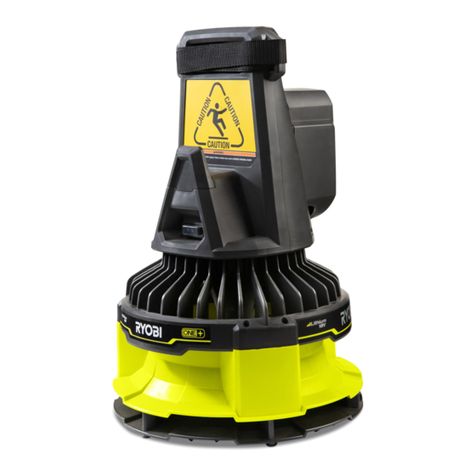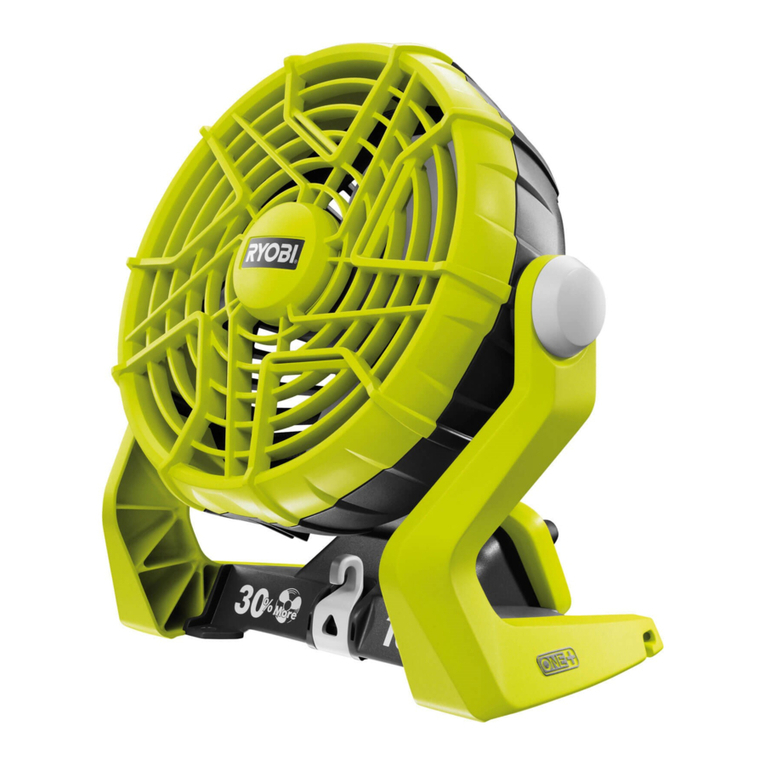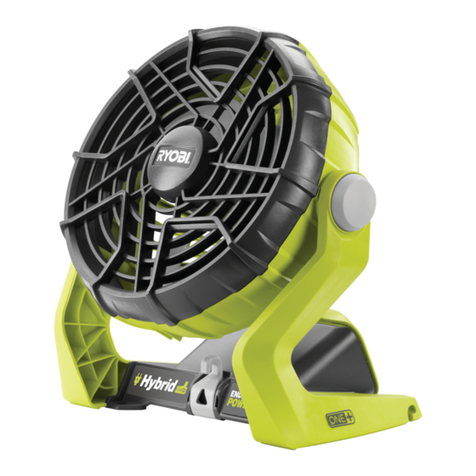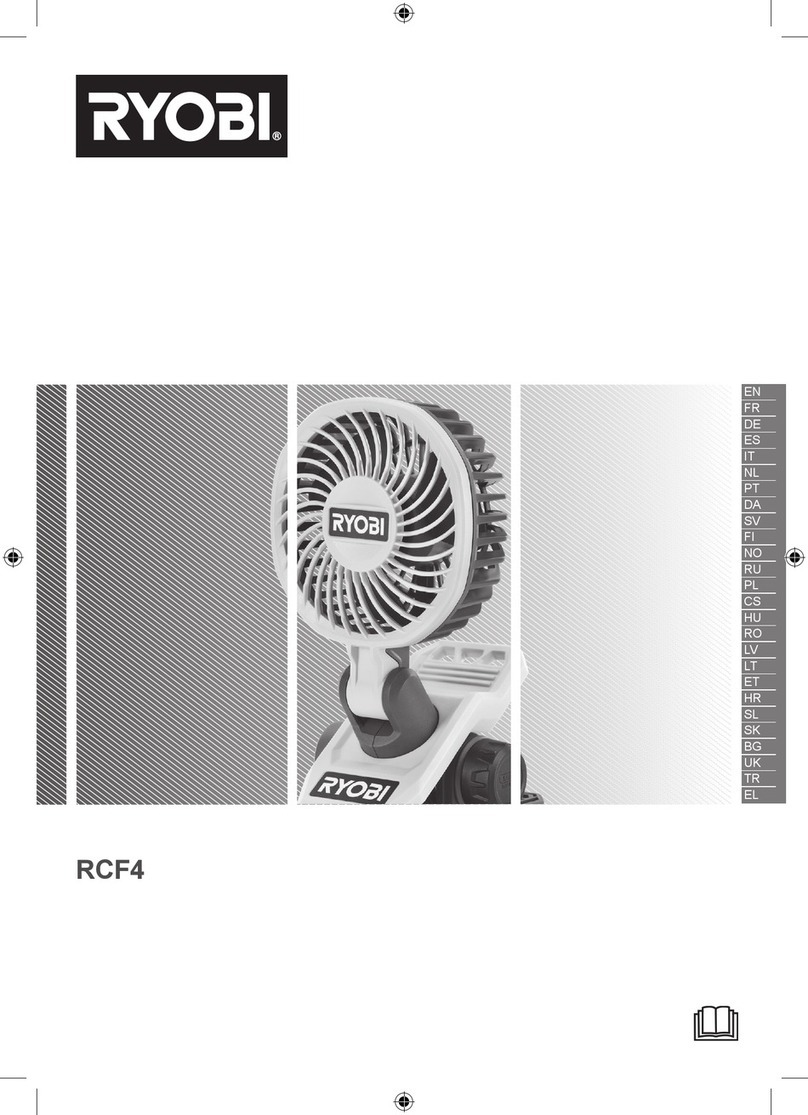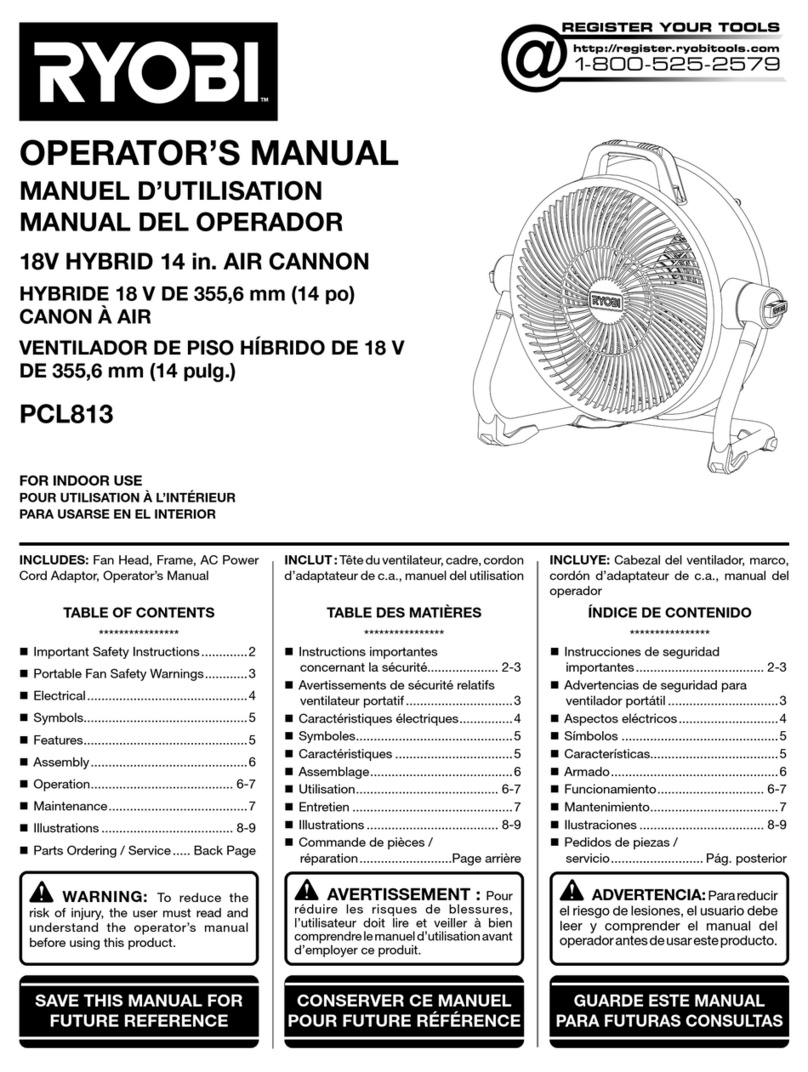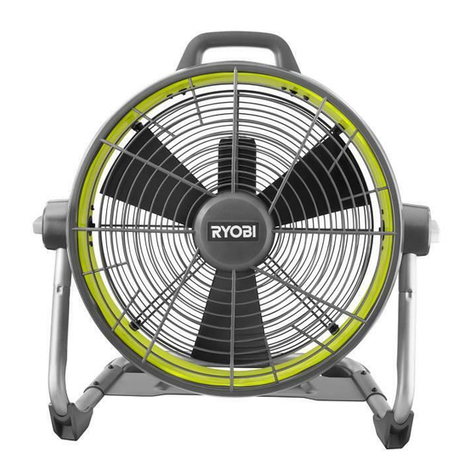2
English
e. Maintain power tools. Check for misalignment
or binding of moving parts, breakage of parts
and any other condition that may affect the
power tool’s operation. If damaged, have the
power tool repaired before use. Many accidents
are caused by poorly maintained power tools.
f. Keep cutting tools sharp and clean. Properly
maintained cutting tools with sharp cutting edges
are less likely to bind and are easier to control.
g. Use the power tool, accessories and tool bits
etc., in accordance with these instructions and
in the manner intended for the particular type
of power tool, taking into account the working
conditions and the work to be performed. Use
of the power tool for operations different from
intended could result in a hazardous situation.
5. BATTERY TOOL USE AND CARE
a. Recharge only with the charger specified by
the manufacturer. A charger that is suitable for
one type of battery pack may create a risk of fire
when used with another battery pack.
b. Use power tools only with specifically
designated battery packs. Use of any other
battery packs may create a risk of injury and fire.
c. When battery pack is not in use, keep it away
from other metal objects, like paper clips,
coins, keys, nails, screws, or other small metal
objects that can make a connection from
one terminal to another. Shorting the battery
terminals together may cause burns or a fire.
d. Under abusive conditions, liquid may be
ejected from the battery; avoid contact. If
contact accidentally occurs, flush with water. If
liquid contacts eyes, additionally seek medical
help. Liquid ejected from the battery may cause
irritation or burns.
6. SERVICE
a. Have your power tool serviced by a qualified
repair person using only identical replacement
parts. This will ensure that the safety of the power
tool is maintained.
b. This appliance is not intended for use by
persons (including children) with reduced
physical, sensory or mental capabilities, or
lack of experience and knowledge, unless
they have been given supervision or
instruction concerning use of the appliance by
a person responsible for their safety. Children
should be supervised to ensure that they do
not play with the appliance.
c. This appliance is not intended for use by young
children or infirm persons unless they have been
adequately supervised by a responsible person to
ensure that they do not play with the appliance.
d. Keep children and visitors away. Visitors should
wear safety glasses and be kept a safe distance
from work area. Do not let visitors contact tool or
extension cord.
SPECIFIC SAFETY RULES
■Know your tool. Read operator’s manual carefully.
Learn its applications and limitations, as well
as the specific potential hazards related to this
tool. Following this rule will reduce the risk of electric
shock, fire, or serious injury.
■Do not disassemble the product.
■Do not attempt to modify this product or create
accessories not recommended for use with this
product. Any such alteration or modification is misuse
and could result in a hazardous condition leading to
possible serious personal injury.
■Do not use this product if it is not completely
assembled or if any parts appear to be missing or
damaged. Use of a product that is not properly and
completely assembled could result in serious personal
injury.
■This appliance is not intended for use in kitchens.
■Do not use this product to exhaust hazardous or
explosive materials and vapors. It is intended for
general ventilating use only.
■Do not use this portable fan with any solid-state
speed control device. Following this rule will reduce
the risk of electric shock or fire.
■Do not leave the product unattended while in the
On position.
■Battery tools do not have to be plugged into
an electrical outlet; therefore, they are always
in operating condition. Be aware of possible
hazards when not using your battery tool or
when changing accessories. Following this rule
will reduce the risk of electric shock, fire, or serious
personal injury.
■Do not place battery tools or their batteries near
fire or heat. Following this rule will reduce the risk of
explosion and possibly injury.
■Never use a battery that has been dropped or
received a sharp blow. A damaged battery is subject
to explosion. Properly dispose of a dropped or
damaged battery immediately.
■Batteries can explode in the presence of a source
of ignition, such as a pilot light. To reduce the risk
of serious personal injury, never use any cordless






